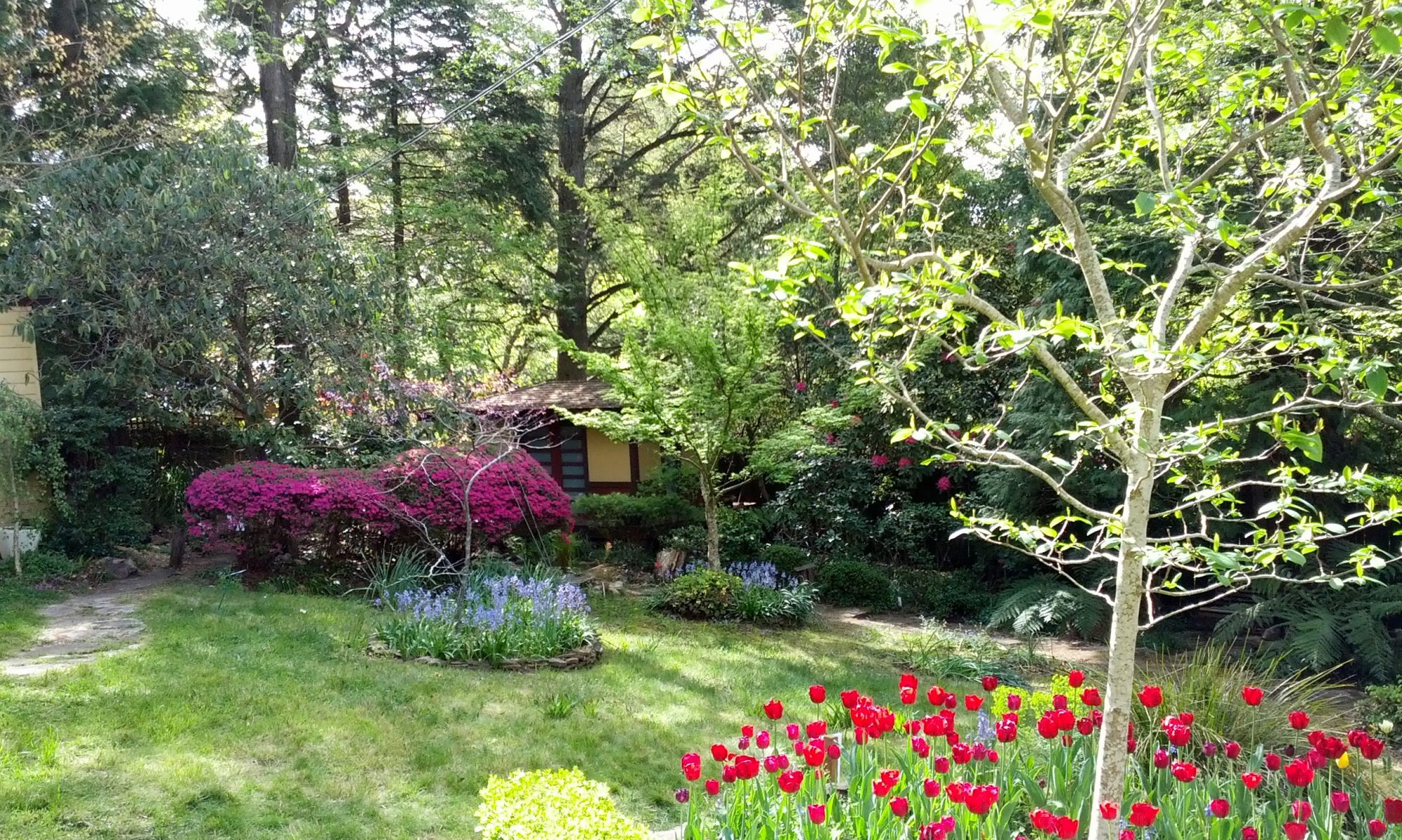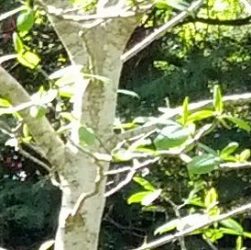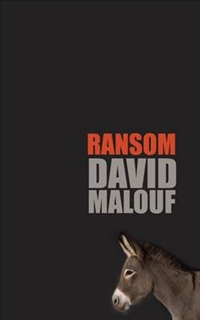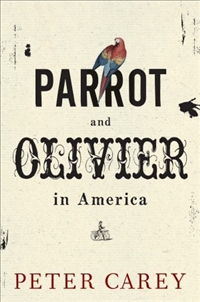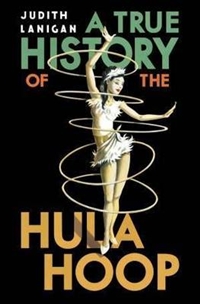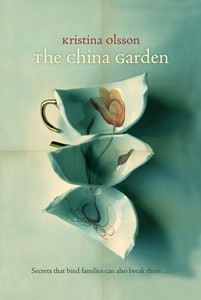The Owl Killers by Karen Maitland, Michael Joseph 2009
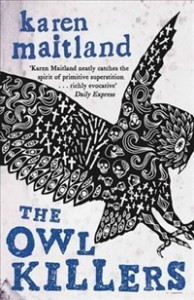
The Owl Killers is a medieval thriller set in the early thirteen hundreds in a small village in South East England. Into this closed world where Christianity and paganism are in uneasy co-existence, come a group of Beguines from Bruges. They set up a community of women on land they have inherited near the village. Not surprisingly when disease and famine beset the village, the Beguine women are easily demonised as causing the misfortune. Despite fearing the women the villagers still surreptitiously bring their sick to the Beguinage, under the cover of night, to be healed. To complicate matters a fraternity of masked “Owl Masters” terrorise and extort from the villagers, and there is evidence that a pagan monster called the Owlman is preying on victims in the area.
The story is told through the points of view of five characters: Servant Martha the leader of the Beguines, a morally compromised priest, Father Ulfrid, Agatha the disgraced daughter of the local landowner who joins the Beguines, Beatrice, another of the Beguines, and a small village girl, Pisspuddle. The device of five different voices allows Maitland to build up the story from both the villagers’ side and from point of view of the Beguines, withholding vital pieces of information along the way to keep the reader guessing.
The novel has fantasy elements — the flesh-ripping Owlman, a “witch” with second sight, a wild forest girl who can control the weather — but these are explainable by the superstitious beliefs of the time. Maitland is also adept at portraying medieval life in all its smelly, gory detail. From this mixture she weaves a fast-paced, tense, intriguing story. It might get bogged down in places with too many strands in play but for the most part I couldn’t put the book down. The Owl Killers will appeal to historical fiction fans who like their stories dark and to fantasy buffs who don’t mind a dose of reality.
